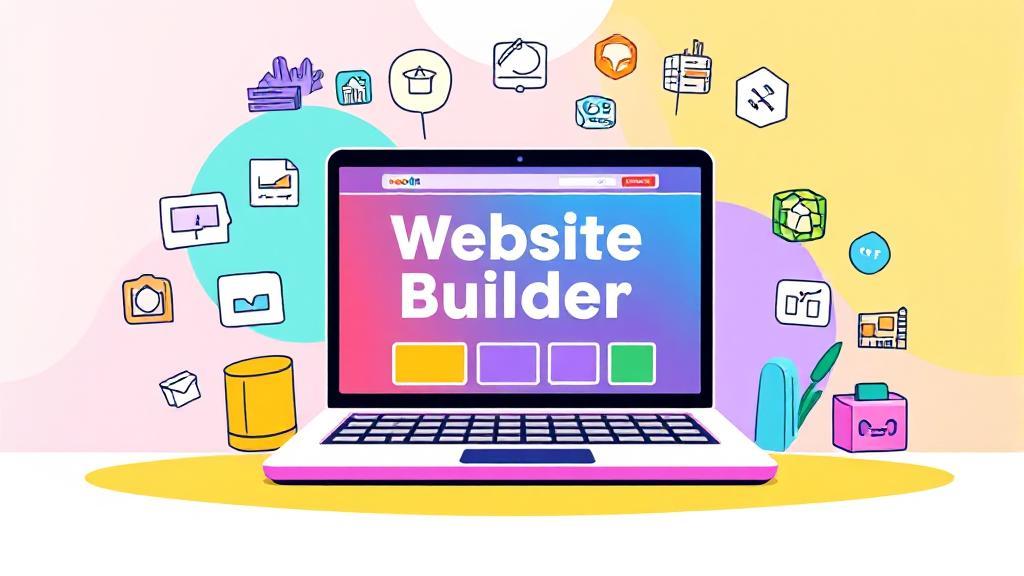Define Your Website's Purpose
Before diving into the technical aspects, it's crucial to define the purpose of your website. Ask yourself:
- What is the primary goal of my website?
- Who is my target audience?
- What type of content will I be sharing?
Having a clear understanding of your website's purpose will guide your decisions throughout the creation process.
Choose Your Website Platform
The first crucial decision is selecting the right platform. Some popular free options include:
- Wix: Known for its drag-and-drop editor and extensive template library
- WordPress.com: Perfect for blogs and content-rich sites
- Weebly: Provides an intuitive interface and e-commerce capabilities
- Google Sites: Simple and integrates well with Google services
- GitHub Pages: Ideal for developers and technical projects
Plan Your Website Structure
Before diving into design, outline your website's structure:
- Homepage
- About page
- Services/Products
- Contact information
- Blog/News (if applicable)
Select and Customize Your Template
When choosing a template, consider:
Design Elements
- Mobile responsiveness
- Loading speed
- Navigation layout
- Color scheme compatibility
- Design matches your brand's aesthetic
- Functionality supports needed features
Branding
- Logo: Upload your logo to establish brand identity
- Color Scheme: Choose colors that reflect your brand's personality
- Typography: Select fonts that are easy to read and align with your brand
Create Essential Content
Homepage
Your homepage should include:
- Clear value proposition
- Call-to-action buttons
- Brief overview of services/products
- Contact information
About Page
Your About page is often the second most-visited page on your website. Make it count by telling your story authentically.
Include:
- Company/personal history
- Mission statement
- Team information (if applicable)
- Achievements and credentials
Optimize for Search Engines
Basic SEO steps include:
- Using relevant keywords naturally in content and meta tags
- Writing meta descriptions
- Adding alt text to images
- Creating SEO-friendly URLs
- Ensuring mobile responsiveness
For more detailed SEO strategies, consider exploring resources like Moz's Beginner's Guide to SEO.
Common Free Website Limitations
Be aware of these typical restrictions:
| Feature | Limitation |
|---|---|
| Storage | 500MB - 1GB |
| Bandwidth | 1GB - 2GB monthly |
| Domain | Subdomain only |
| Ads | May display platform ads |
Test and Launch
Before launching, verify:
- Links work correctly
- Forms submit properly
- Images load quickly
- Content displays correctly on all devices
- No spelling or grammatical errors
Add analytics tracking:
Promote Your Website
After publishing, promote your website through:
- Social Media: Share your site on platforms like Facebook, Twitter, and Instagram
- Email Marketing: Send newsletters to your contacts with updates and promotions
- Networking: Engage with online communities related to your niche
Remember to maintain your site regularly by updating content, monitoring security, creating backups, and optimizing performance based on user feedback.
